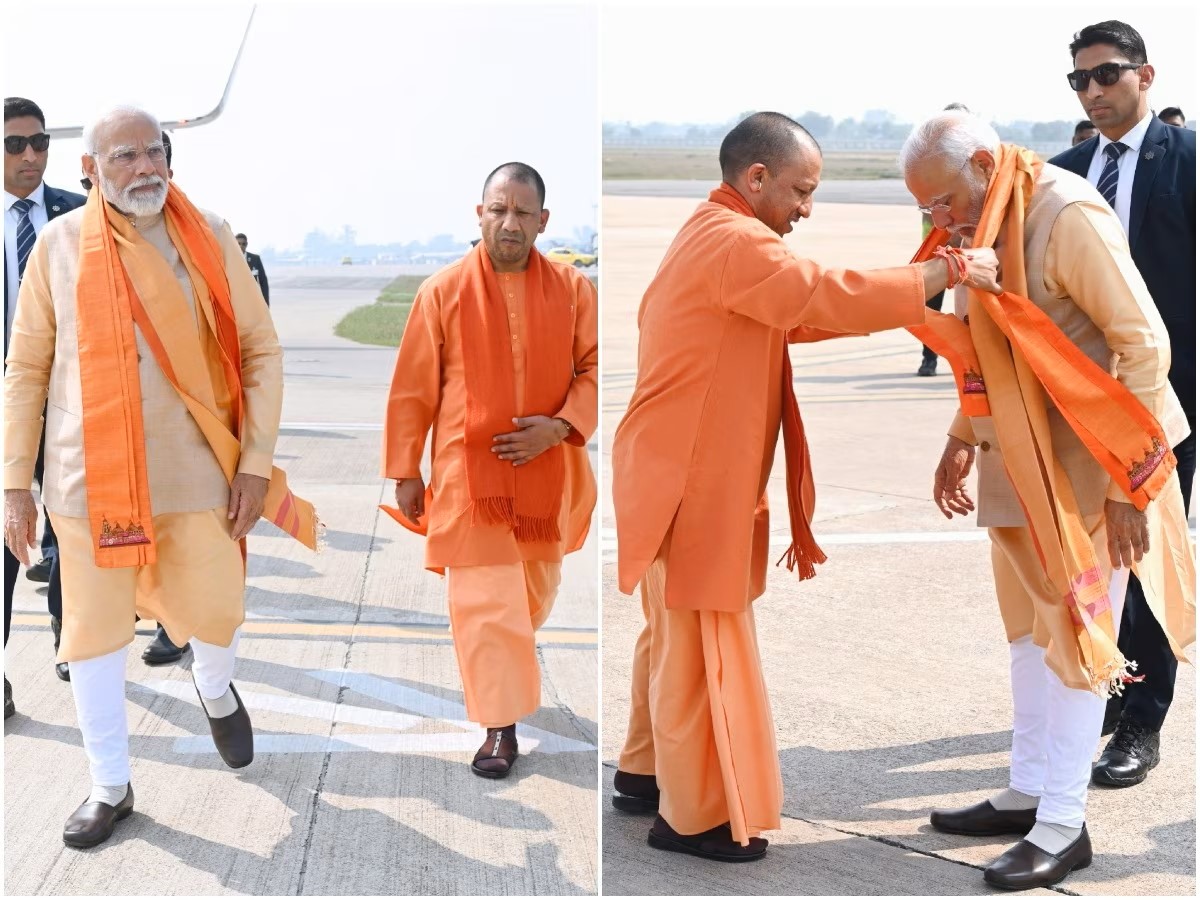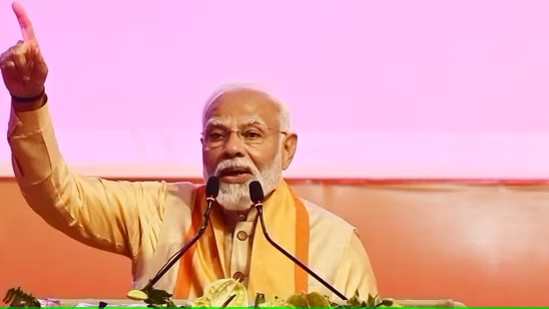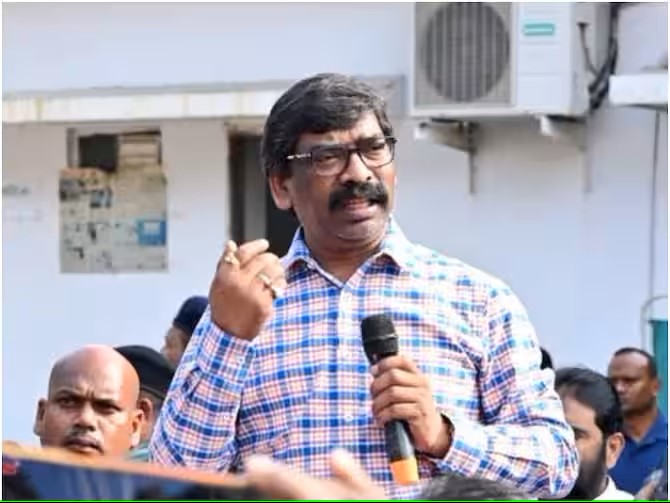Prime Minister Narendra Modi’s recent visit to Uttar Pradesh was a whirlwind of pronouncements, religious ceremonies, and political undercurrents. Deciphering the true meaning behind the headlines necessitates a multifaceted approach, one that transcends simplistic interpretations and embraces the tapestry of narratives woven into this event.
 The launch of mega-projects exceeding Rs 10 lakh crore at the UP Global Investors Summit undeniably paints a picture of economic vibrancy. Supporters hail it as a testament to the state’s transformation from red tape to a red carpet for investors. However, a closer look is crucial. Examining independent data and seeking expert opinions on the effectiveness and transparency of reforms become essential to assess the genuine impact on various industries and investors. It’s important to ask: has the red tape truly vanished, or has it merely changed colour?
The launch of mega-projects exceeding Rs 10 lakh crore at the UP Global Investors Summit undeniably paints a picture of economic vibrancy. Supporters hail it as a testament to the state’s transformation from red tape to a red carpet for investors. However, a closer look is crucial. Examining independent data and seeking expert opinions on the effectiveness and transparency of reforms become essential to assess the genuine impact on various industries and investors. It’s important to ask: has the red tape truly vanished, or has it merely changed colour?
Modi’s portrayal of UP as a state transformed from bureaucratic hurdles to a welcoming business hub sparks debate. Opposition voices might challenge this narrative, highlighting persistent challenges or questioning the data utilized. Instead of solely relying on press releases, delving into media coverage and discourse from various political actors helps paint a more complete picture. Recognizing potential biases and historical contexts that shape these contrasting narratives is crucial for forming an informed understanding.
Moving beyond statistics and grand pronouncements, it’s vital to assess the practical impact on ordinary citizens. Will these projects translate into sustainable jobs? Do they address critical needs in education, healthcare, and infrastructure? Engaging with local communities, analyzing social impact assessments, and listening to diverse voices provide a grounded understanding of the true beneficiaries of such developments. Instead of focusing solely on headline figures, understanding the human stories woven into these projects paints a more relatable and nuanced picture.
The concurrent visit of Rahul Gandhi and Smriti Irani to Amethi adds another layer of complexity. This politically charged constituency becomes a microcosm of national political ambitions and strategies. Studying past election results, analyzing campaign promises, and considering the candidates’ track records offer valuable insights into the wider political landscape and its potential impact on the state’s future. Examining how local dynamics intertwine with national narratives unveils a deeper understanding of the political forces at play.
Navigating this intricate web of economic promises, religious symbolism, and political manoeuvring requires meticulous journalistic skills. Fact-checking information, utilizing diverse sources, and presenting various perspectives without endorsing any particular stance are crucial. By prioritizing unbiased reporting and in-depth analysis, journalists empower readers to form their own informed opinions on the multifaceted story unfolding in Uttar Pradesh. It’s not about amplifying predefined narratives, but about providing the tools for critical analysis and independent judgment.




